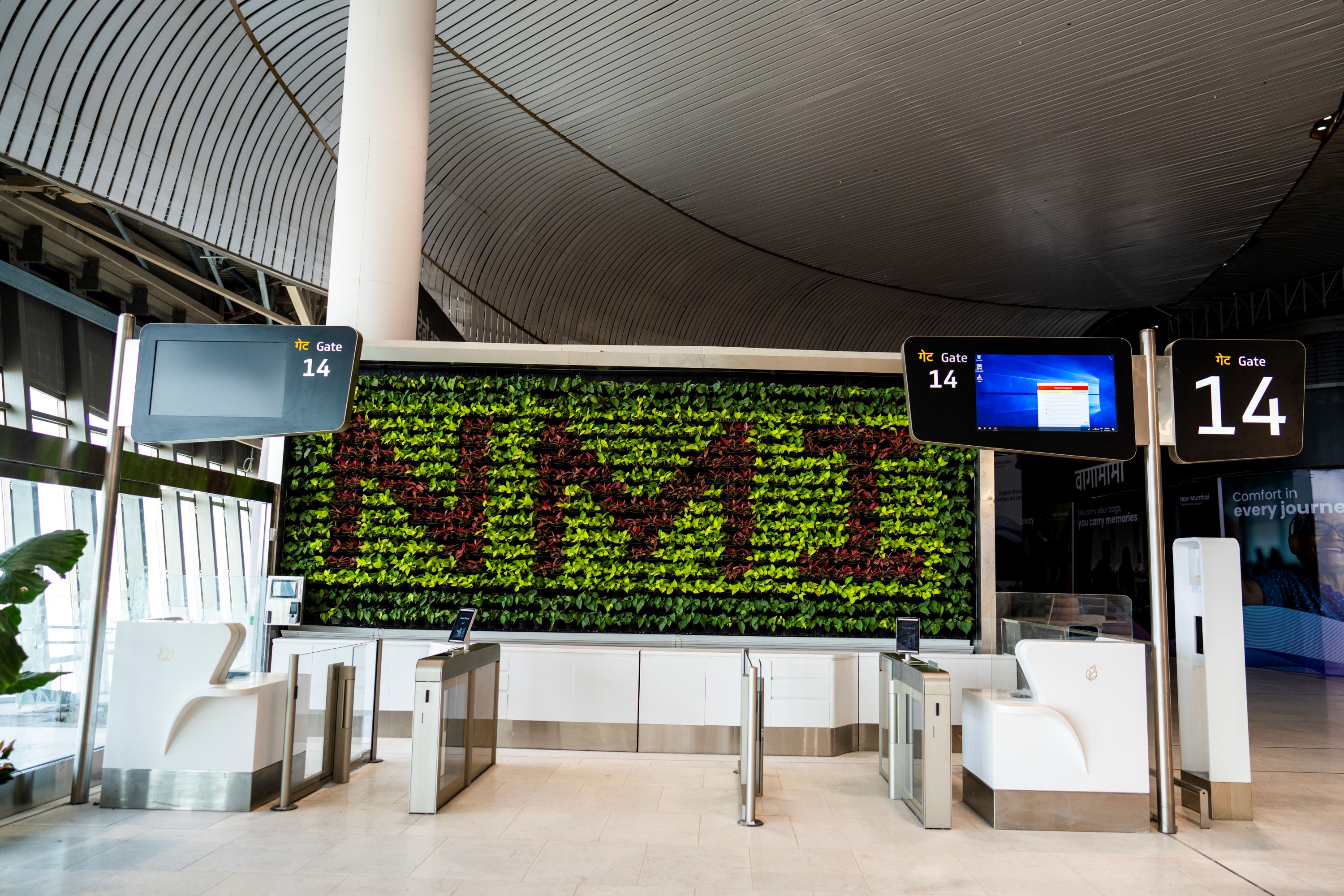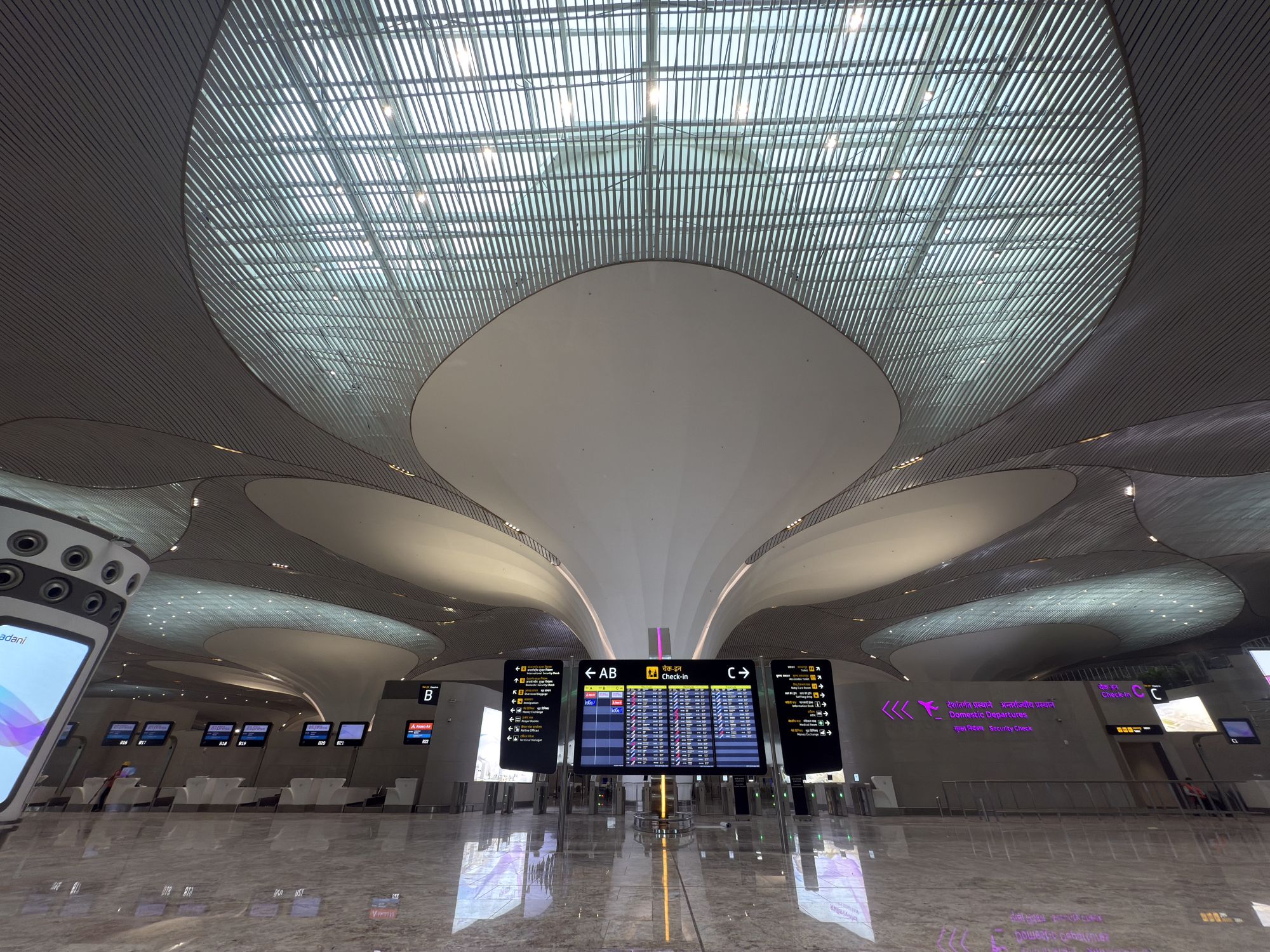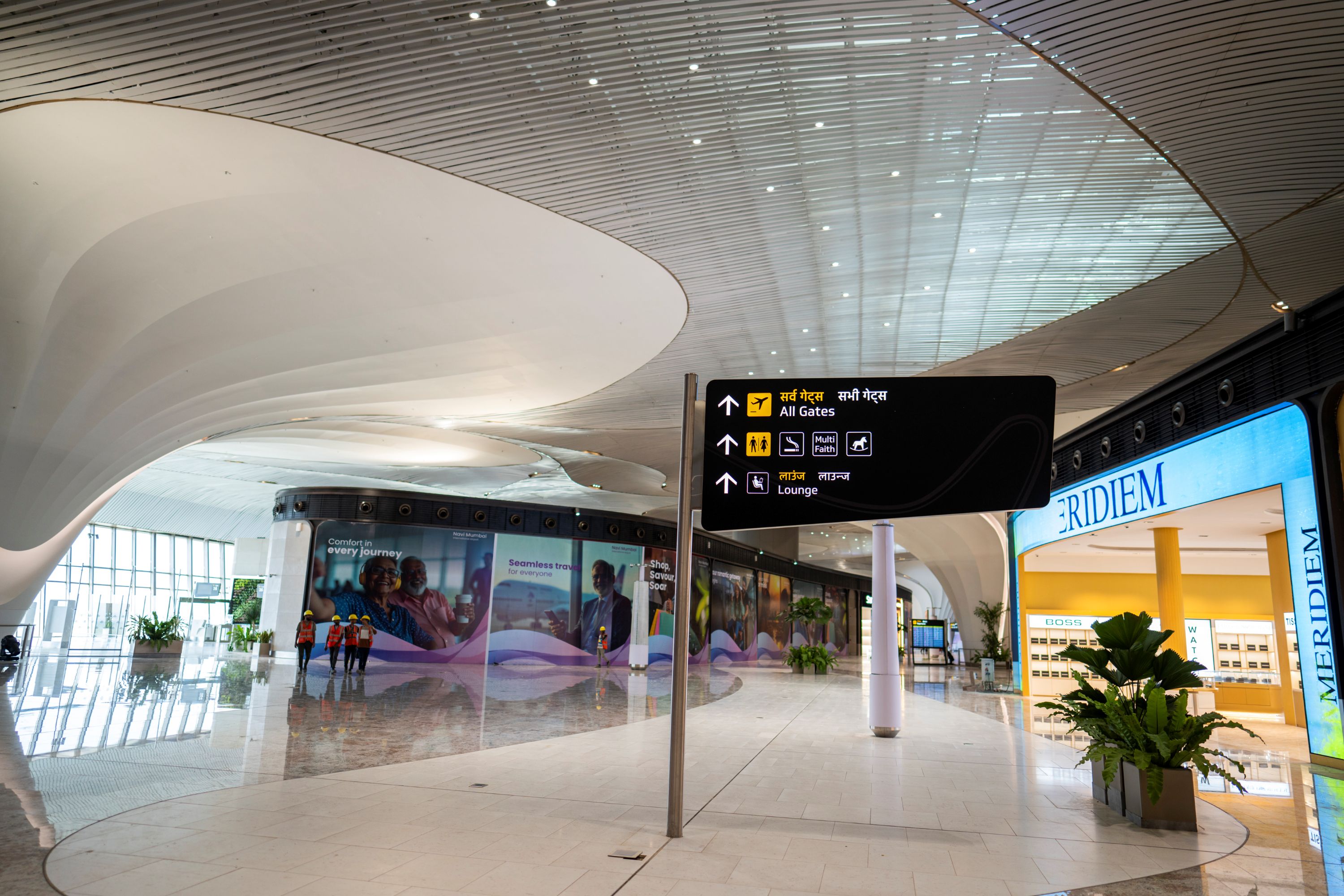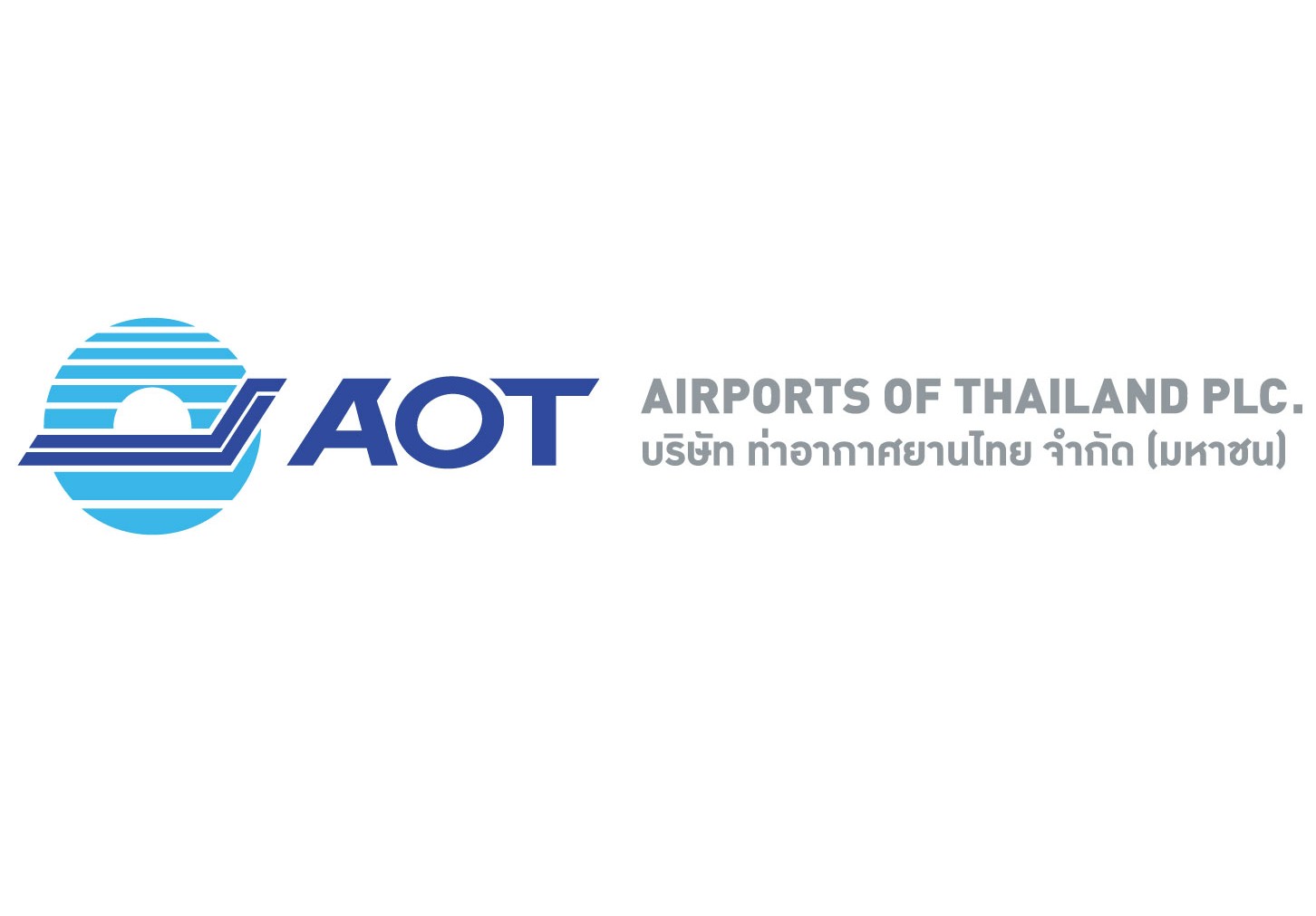October 9, 2025
A landmark in India’s aviation journey: Prime Minister Narendra Modi inaugurates Navi Mumbai International Airport
With its modern infrastructure and strategic location, the new airport is set to become a prominent gateway to India and a significant player in the global aviation industry

The Prime Minister of India, Narendra Modi, inaugurated the Navi Mumbai International Airport (NMIA) – one of India’s most ambitious infrastructure projects and a defining milestone in the nation’s aviation journey – on October 8.
NMIA has been developed as a landmark public-private partnership (PPP) between Mumbai International Airport Limited (MIAL), a subsidiary of Adani Airport Holdings Limited (AAHL), and the City and Industrial Development Corporation (CIDCO). The project represents a major stride in India’s infrastructure-building vision, reflecting the Government’s agenda of Viksit Bharat 2047.
Envisioned as part of a dual-airport system for the Mumbai Metropolitan Region (MMR), NMIA will complement Chhatrapati Shivaji Maharaj International Airport (CSMIA). With an initial capacity of 20 million passengers per annum (MPPA), the airport will eventually expand to manage 90 MPPA, making it one of the largest passenger-handling airports in India.
Designed as a multimodal hub, NMIA will be seamlessly connected to the Mumbai Trans Harbor Link, Navi Mumbai and Mumbai Metro, suburban rail networks and planned waterways. This integration will reduce travel times, enhance regional connectivity and strengthen cargo and passenger movement across the vast hinterland of western India.

Gautam Adani, Chairman, Adani Group, said, “In an era where India ascends among the world’s largest economies, we have built more than an airport – we have architected Bharat as a gateway and as one of the world’s most indispensable crossroads. This is infrastructure that does not just serve today’s demand, it creates tomorrow’s exponential possibilities. For generations to come, every flight through these terminals will carry not just passengers, but the pulse of a defining superpower and the dreams, ambitions and achievements of a nation reclaiming its place at the center of global progress.”
Jeet Adani, Director, AAHL, added, “NMIA is a landmark in India’s aviation journey, uniting cutting-edge technology, sustainability, and a passenger-first experience. By complementing CSMIA, it reinforces Mumbai’s role as a global aviation hub and sets a blueprint for future-ready airports nationwide.”
In its first two phases, NMIA will operate with a single runway and terminal capable of handling 20 MPPA. Over time, the airport will scale to four runways and multiple terminals, with a dedicated cargo terminal and state-of-the-art facilities for perishables and express cargo, boosting India’s trade and logistics ecosystem.
The inauguration of NMIA underscores India’s determination to create future-ready, world-class infrastructure that supports economic growth, global competitiveness, and the aspirations of citizens. As the nation advances toward Viksit Bharat 2047, NMIA stands as a symbol of modern engineering, collaborative development, and India’s rising stature in the global aviation landscape.

Retail Offerings
NMIA is shifting to a "passenger to product strategy" for non-aeronautical revenue, which can account for up to 40% of revenues at global hubs. The airport is designed to be a destination, not just a gateway. NMIA plans 110 retail and Food & Beverage (F&B) outlets, including 1,800 sq. m. of duty-free shops in both arrivals and departures. The strategy includes creating experiential zones to increase passenger engagement and dwell time, and F&B offerings featuring local Mumbai concepts. The landside area will offer entertainment and dining zones accessible to non-passengers, expanding the customer base. With over 67 general aviation stands planned, NMIA is also targeting premium travelers. The aim is to bridge the gap with global non-aero revenue benchmarks.
With its modern infrastructure and strategic location, NMIA is poised to become a prominent gateway to India and a significant player in the global aviation industry.




